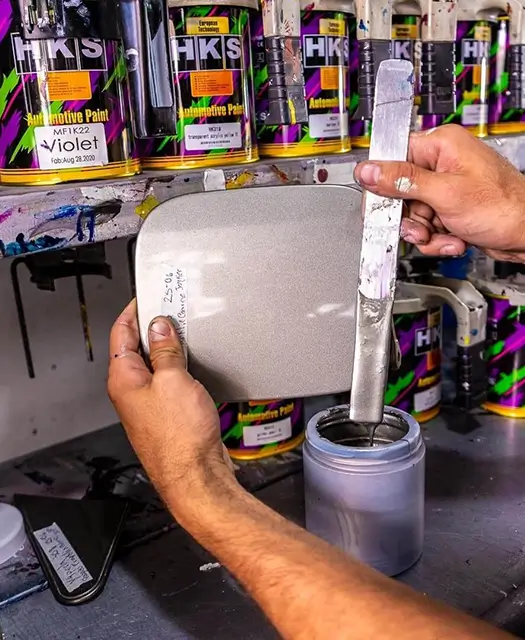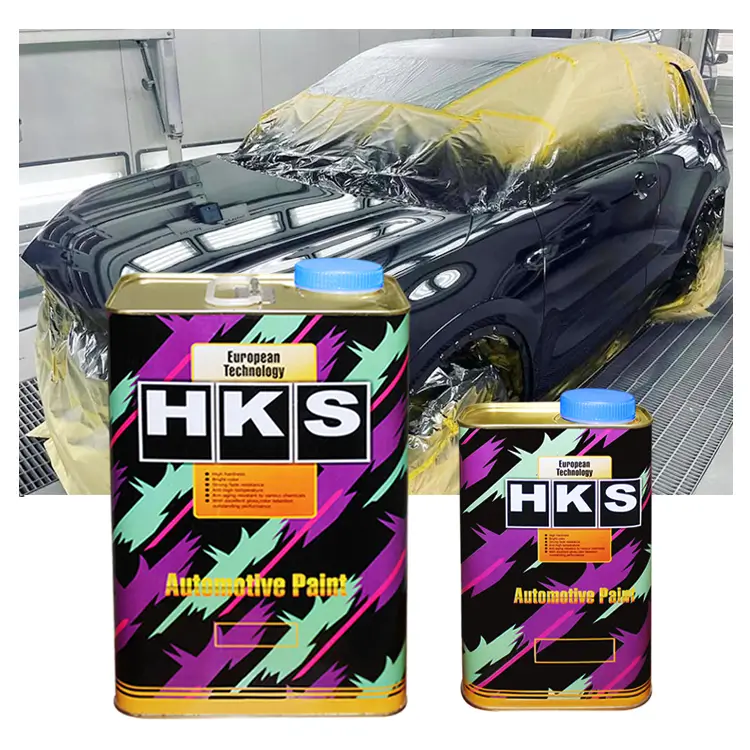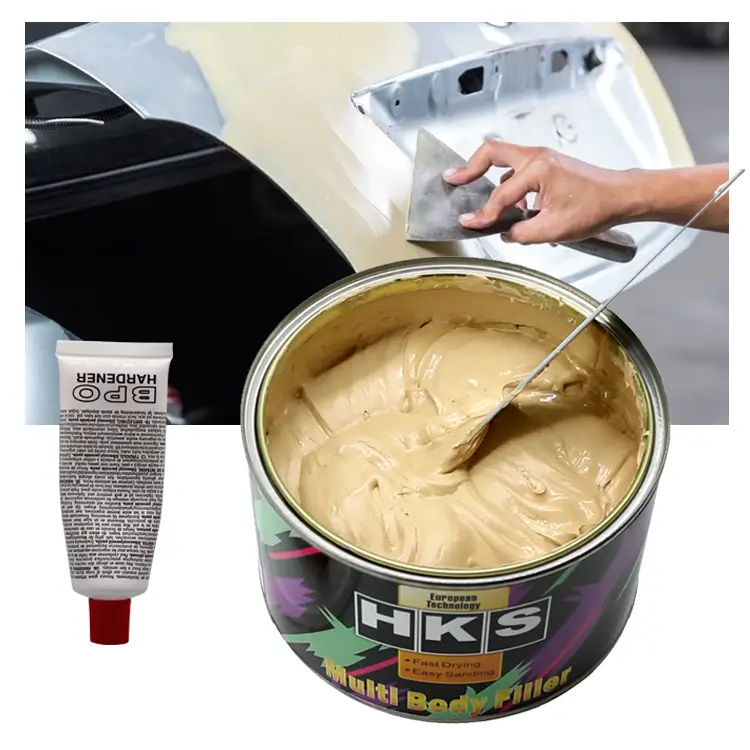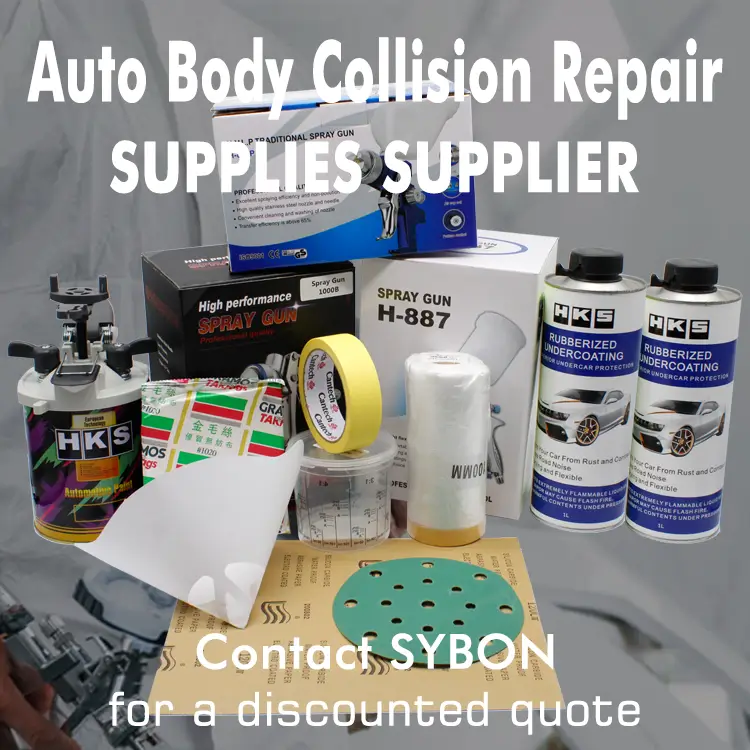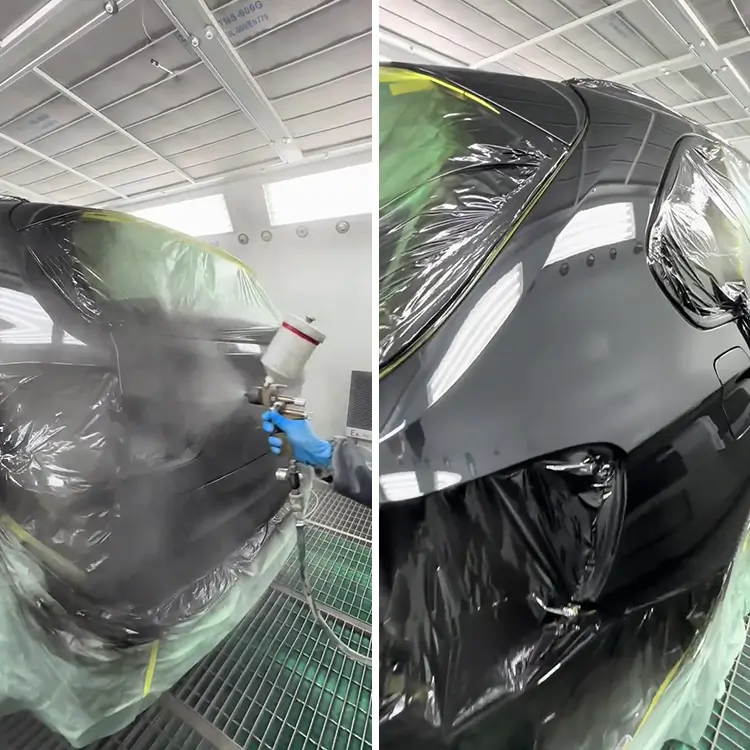How to Clear Coat a Car: A Step-by-Step Guide for a Flawless Finish
Clear coating a car is one of the most critical steps in achieving a professional-looking automotive finish. A high-quality clear coat not only provides a glossy appearance but also protects the underlying paint from UV rays, chemicals, and environmental damage. Whether you're a DIY enthusiast or a professional in the automotive industry, mastering the art of applying clear coat is essential.
In this article, we'll guide you through the process of how to clear coat a car, ensuring a flawless finish every time. We'll also explore common mistakes to avoid, tips for achieving a perfect result, and how to choose the right clear coat for your project.
If you're an importer, wholesale distributor, paint shop owner, or automotive repair center looking to enhance your business by offering premium clear coats, we invite you to request samples from us for testing. As a trusted automotive paint manufacturer, we're eager to collaborate and help you boost your business performance and profits. Feel free to contact us via email on our website, and we will respond within 24 hours.
1. What is Clear Coat?
Clear coat is the final layer of a car’s paint system. It is a transparent, protective topcoat that is applied over the base color coat. The main function of the clear coat is to protect the paint underneath from harmful environmental factors like UV rays, chemicals, and abrasions while enhancing the vehicle's shine and depth of color. Modern cars typically use a two-stage paint system where a base coat of color is applied first, followed by a clear coat.
Why is Clear Coat Important?
Clear coat plays a crucial role in maintaining the appearance and longevity of your vehicle's paint job. It not only protects the paint but also contributes to the car’s glossy and attractive finish. Over time, exposure to the elements can wear down the clear coat, causing the car to lose its shine and making the underlying paint vulnerable to fading and chipping.
2. Tools and Materials You Will Need
Before starting, ensure you have all the necessary tools and materials to apply the clear coat properly. Here’s a list of what you’ll need:
1. Automotive clear coat
2. Spray gun or aerosol clear coat (depending on your equipment)
3. Air compressor (if using a spray gun)
4. Sandpaper (1000 to 2000 grit)
5. Tack cloth
6. Automotive polish or rubbing compound
7. Masking tape and plastic sheets to cover areas you don't want to coat
8. Respirator mask
9. Safety goggles and gloves
3. Prepping the Car for Clear Coat
Preparation is the most important step in ensuring a smooth and flawless clear coat application. Follow these steps to get your car ready:
a. Wash and Clean the Surface
Before applying the clear coat, it's essential to clean the car thoroughly. Any dirt, dust, or debris on the surface will get trapped under the clear coat, causing an uneven finish. Use car soap and water to clean the car, and make sure to dry it completely.
b. Wet Sand the Surface
Once the car is clean, you'll need to wet sand the surface with fine-grit sandpaper (1000 to 2000 grit). Wet sanding smooths out any imperfections and creates a surface that the clear coat can adhere to more effectively. Be sure to use plenty of water while sanding to avoid scratching the surface. After sanding, rinse the car thoroughly and dry it with a clean microfiber towel.
c. Mask Off Unpainted Areas
Use masking tape and plastic sheets to cover areas of the car that you don't want to coat, such as windows, trim, and tires. This ensures a clean, professional-looking finish.
d. Wipe Down with Tack Cloth
Before applying the clear coat, use a tack cloth to remove any remaining dust or particles from the surface. This step is crucial to achieving a smooth, even finish.
4. Applying the Clear Coat
Once the car is prepped and ready, it's time to apply the clear coat. Follow these steps for a professional application:
a. Mix the Clear Coat
If you're using a two-component (2K) clear coat, you'll need to mix the clear coat with a hardener or activator before applying it. Be sure to follow the manufacturer’s instructions for the correct mixing ratio. Improper mixing can lead to poor adhesion or curing problems.
b. Set Up the Spray Gun
If you're using a spray gun, make sure it is properly set up with the correct nozzle size for clear coating (typically 1.3 to 1.4 mm). Adjust the air pressure according to the manufacturer's recommendations, usually between 25 to 30 PSI for clear coat application.
c. Apply the First Coat
Start by spraying the clear coat in thin, even layers. Hold the spray gun about 6-8 inches away from the surface and move it in a steady, sweeping motion. Overlap each pass by 50% to ensure full coverage. Do not try to cover the entire area in one thick coat. Thin, light coats are key to preventing runs and drips.
d. Let It Flash
Allow the first coat to flash, or partially dry, before applying the next coat. Flash times can vary depending on the product, temperature, and humidity, but typically range from 5 to 15 minutes. The clear coat should feel tacky but not wet when it's ready for the next coat.
e. Apply Additional Coats
Most automotive clear coats require 2-4 coats for optimal protection and finish. Apply each coat in the same manner, allowing the appropriate flash time between layers. Avoid applying too many coats, as this can lead to a cloudy or thick appearance.
f. Final Curing
After the final coat, allow the clear coat to cure fully. Depending on the product and environmental conditions, curing can take anywhere from 24 hours to several days. Avoid exposing the car to dust, moisture, or extreme temperatures during this time.
5. Post-Clear Coat Finishing
Once the clear coat has cured, there are a few additional steps you can take to enhance the finish:
a. Wet Sand and Buff
To achieve a mirror-like shine, you may choose to wet sand the clear coat after it has fully cured. Use 1500 to 2000 grit sandpaper and plenty of water to gently sand away any imperfections. After wet sanding, use a rubbing compound or automotive polish to buff the surface to a high gloss.
b. Apply a Wax or Sealant
For added protection and shine, apply a layer of car wax or paint sealant. This will help preserve the clear coat and keep your car looking its best for years to come.
6. Common Mistakes to Avoid
Clear coating a car can be challenging, and there are a few common mistakes to avoid:
1. Applying Too Thick a Coat: Thick coats of clear coat can result in runs, drips, and an uneven finish. Always apply thin, even layers and allow them to flash between coats.
2. Not Prepping the Surface Properly: Skipping the sanding or cleaning step can cause the clear coat to fail, leading to peeling or flaking over time.
3. Spraying in Poor Conditions: Temperature and humidity can greatly affect the application and curing of clear coat. Aim for a temperature between 60°F and 80°F, and avoid spraying in high humidity.
7. Choosing the Right Clear Coat
There are several types of clear coats available on the market, each with its own advantages. Here’s a quick overview:
1. 2K Urethane Clear Coat: This is the most common type of clear coat used in professional automotive painting. It provides excellent durability, UV resistance, and gloss.
2. Acrylic Clear Coat: Acrylic clear coats are easier to apply but are less durable than urethane clear coats. They are often used for smaller projects or touch-ups.
3. Water-Based Clear Coat: These eco-friendly clear coats are becoming more popular due to environmental regulations. They offer good durability and gloss but may require more careful application.
8. Conclusion
Applying a clear coat to your car is an essential step in achieving a long-lasting, high-quality finish. By following the steps outlined in this guide, you can ensure a professional result that will protect your car's paint for years to come. Remember, preparation is key, and patience during the application process will pay off in the form of a flawless finish.
If you're an importer, wholesale distributor, paint shop owner, or automotive repair center looking for premium automotive clear coats, we encourage you to request samples from us. We're committed to providing high-quality products that will help you improve your business performance and profits. Contact us via our website, and we’ll respond within 24 hours to discuss how we can collaborate for mutual success.
Source of this article:https://www.supersybon.com
Get to know us through more channels:

